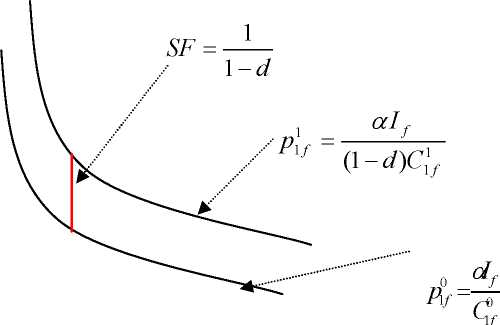subsidy on a particular good to its consumers whether the good is domestically produced
or imported while this study supposes that the exporting country offers the fixed discount
on the import to the representative consumer in the importing country15.
Figure 4.3: A Shifted Inverse Demand of the Importing Country in the Presence of
Secondary Benefits of an Export Credit program under Cobb-Douglas
Utility
Price
Of
Good 1

0 ---------------------------------------
Good 1
(ii) Domestic Supply Function of an Importing country
With the assumption of certainty setting for payment and full information about
productivity and both input and output prices, we apply the standard profit maximization
15 Houck (1986) also illustrates that if the importing country directly offers the consumption subsidy on a
particular good to its importers instead of offering to its consumers, its domestic demand would not shift
out. By construction, this study also expects that if the secondary benefits from an export credit program
are offered to an importer, instead of offering to the representative consumer in the importing country, the
domestic demand of the importing country would not shift out.
19
More intriguing information
1. THE CHANGING STRUCTURE OF AGRICULTURE2. PROJECTED COSTS FOR SELECTED LOUISIANA VEGETABLE CROPS - 1997 SEASON
3. The name is absent
4. American trade policy towards Sub Saharan Africa –- a meta analysis of AGOA
5. Determinants of U.S. Textile and Apparel Import Trade
6. Education as a Moral Concept
7. Brauchen wir ein Konjunkturprogramm?: Kommentar
8. The name is absent
9. A Unified Model For Developmental Robotics
10. The name is absent